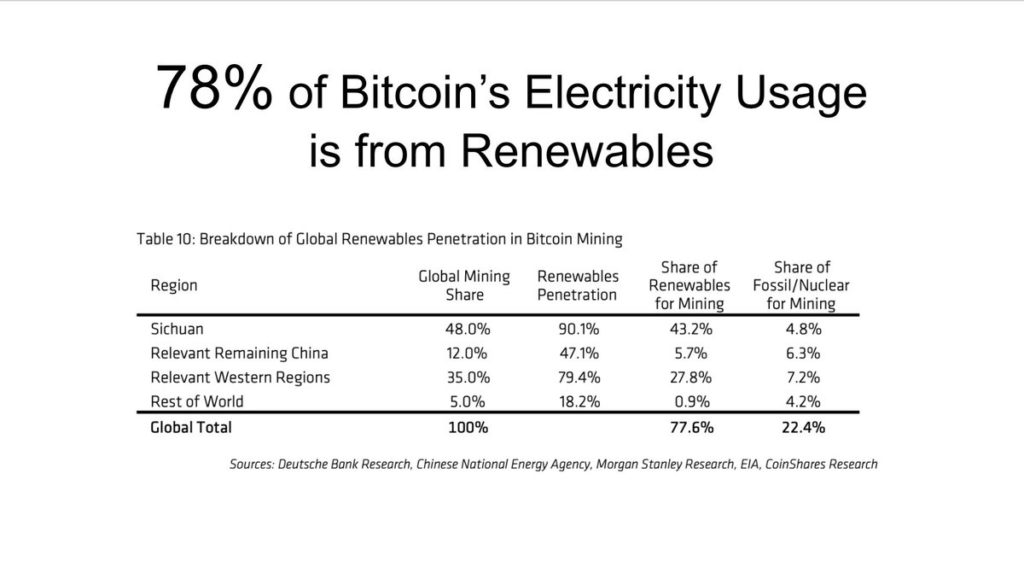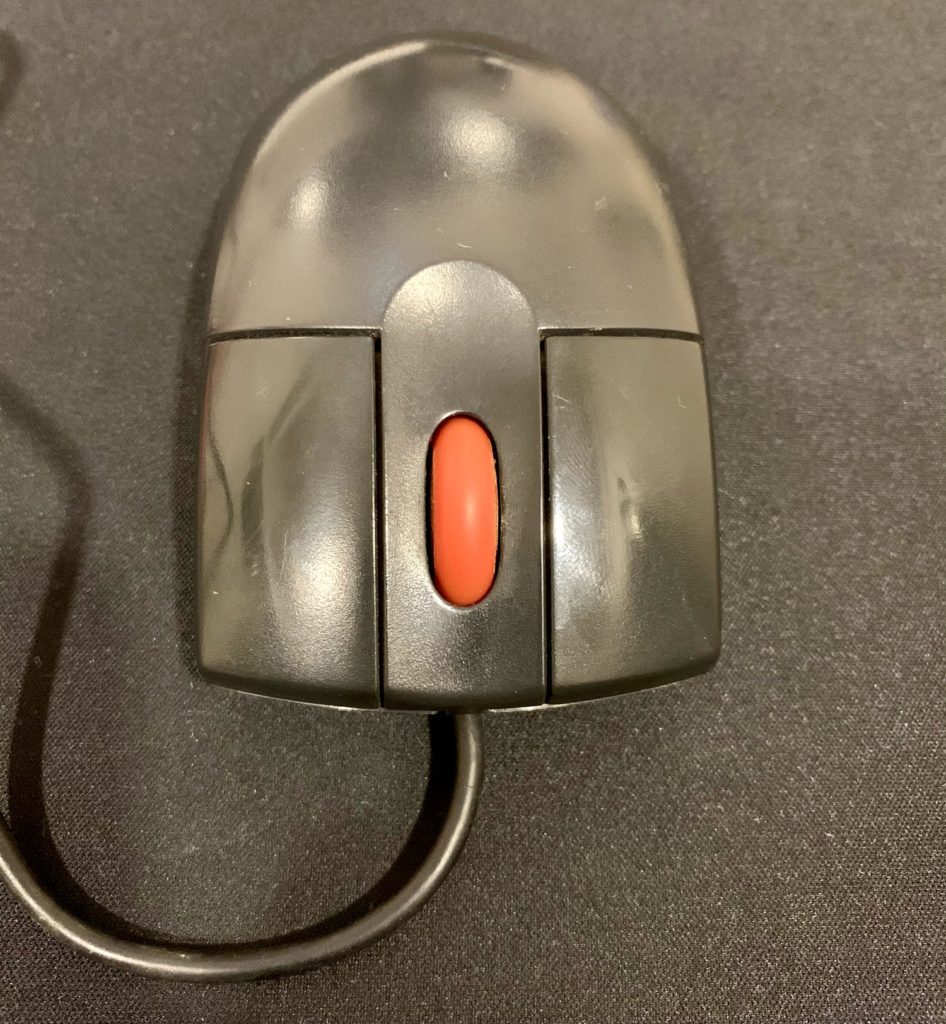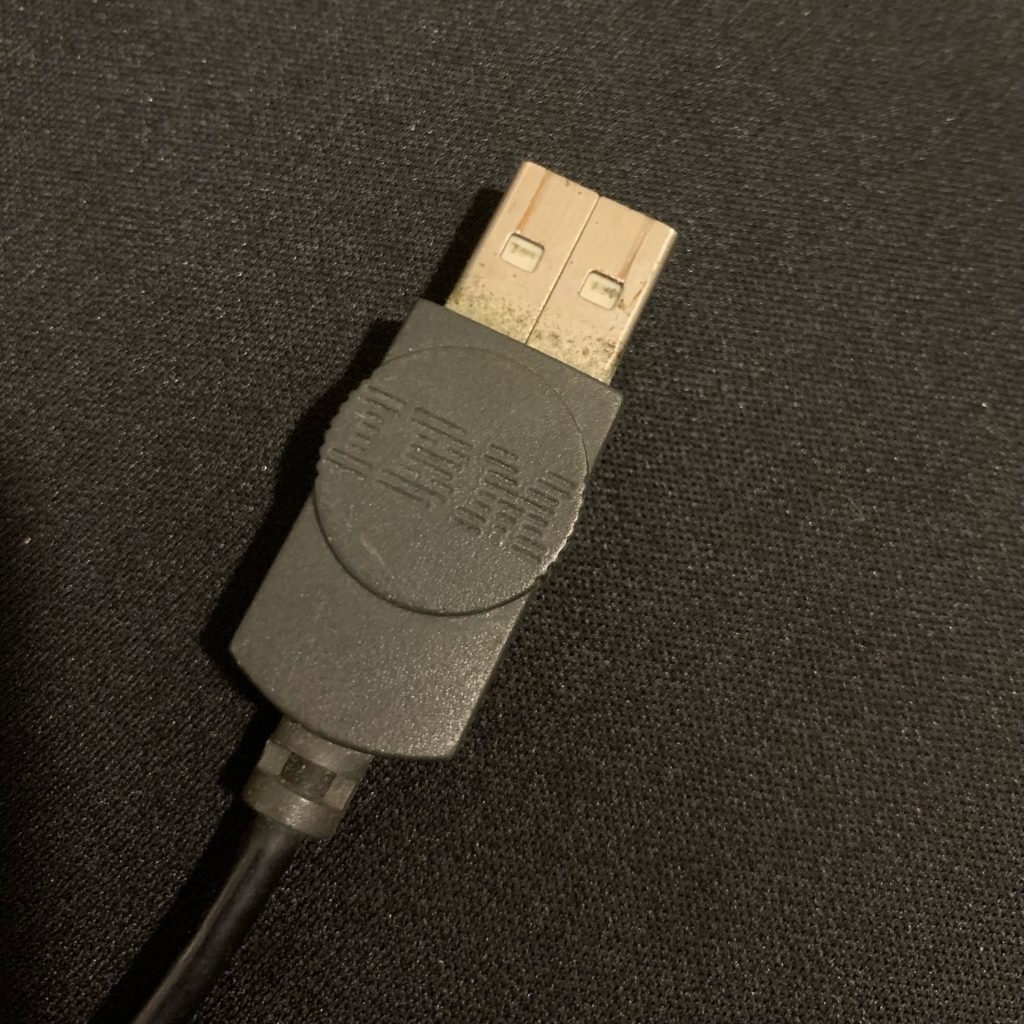(Part 1 – what I mean by sustainable accessories)
From yesterday’s post,
Three, it needs to be long-lasting. Specifically, I’m not a fan of accessories that need proprietary software to work… need to connect to the internet to work… have built-in batteries in them.
It’s this constraint (can you really call it that?) that leaves no good options today.
- Mice with proprietary bluetooth dongles don’t always work with the iPad. And it’s not clear which ones support multitouch at all, and even when they do, which multitouch gestures
- Apple’s own second-generation Magic Mouse and Magic Trackpad, which – unlike the first-generation ones – support multitouch, have a built-in battery, and as this iFixit teardown shows, it’s really not easy to get to it, leave alone replace it.
That leaves my ancient (by computing standards) IBM optical mouse from 2005.
This is from before IBM sold its consumer hardware division (including Thinkpads)to Lenovo.
The mouse plugs into an external powered USB hub that itself connects to the iPad via the USB-A port of the multi-port dongle. This way the mouse doesn’t draw power from the iPad.
The mouse has no power source or battery. It is wired and needs no software to work. Its LED will be one of the last components to fail – one of the buttons or the scroll wheel will likely go first.
Now it doesn’t support multitouch per se, but I can simulate swipe up and down with the scroll wheel, and swipe left and right with shift + scroll. And I can manipulate split view with the grab-bars on the top of the left and right windows, resize with the vertical grab-bar. Along with left and right click, it’s brought down the need to use the touchscreen down to a minimum.
But it’s still nowhere close to the slick multitouch experience of the first-generation Magic Trackpad on Mac OS, or the iPad’s touchscreen itself.
End note: It’s unfortunate that more manufacturers – and Apple in particular – don’t make either wired versions of their products or wireless versions with replaceable batteries. Most computer accessories don’t need to be any thinner or lighter. They do, however, need to last much longer than they do today. With Apple’s build quality, its accessories should last a couple of decades at least. It’s too bad the battery is the limiting factor.
(ends)






